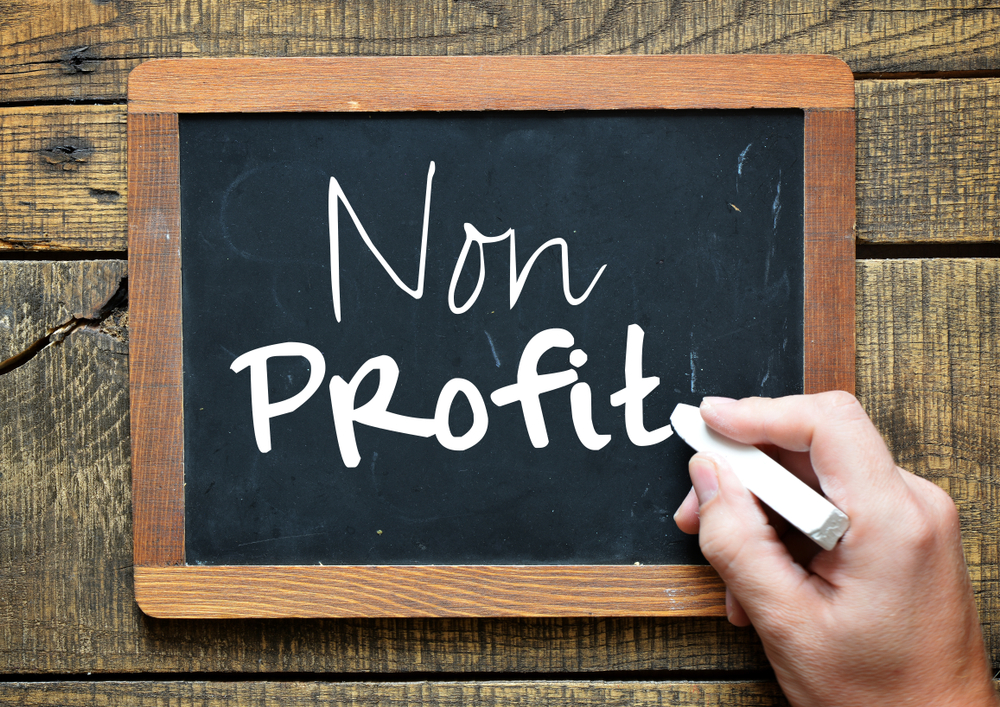Content marketing has become a powerful driver of engagement and fundraising for organizations of all types, and this holds especially true for nonprofits. While traditional marketing methods like direct mail and cold calling still have their place, digital content marketing opens the door to building relationships, telling impactful stories, and inspiring action in ways that are both scalable and cost-effective. In this article, we explore how Content Marketing for Nonprofits can be a game-changer when it comes to fueling donations, increasing volunteer engagement, and elevating a nonprofit’s mission.
Why Matters Content Marketing for Nonprofits
Unlike commercial businesses, nonprofits don’t sell products—they sell causes, missions, and movements. Because of this, connection and trust are key. Content marketing provides an ideal platform for nonprofits to share their impact, build relationships with supporters, and show transparency in their operations. By using blogs, email newsletters, videos, and social media updates, nonprofits can engage their audience in an authentic and meaningful way. Whether it’s telling a beneficiary’s story or explaining how donations are used, compelling content fosters emotional connections that often translate into donations and long-term support.
Creating a Strong Content Strategy
To make the most of content marketing efforts, nonprofits need a clear and thoughtful strategy. Here are key elements of a winning content marketing strategy for nonprofits:
1. Define Your Goals
Is your primary objective to raise funds, recruit volunteers, or build awareness? Knowing your goals helps shape your content, tone, and channels. For instance, if your aim is fundraising, your content should be geared toward storytelling that illustrates impact.
2. Know Your Audience
Group your audience according to their demographics, interests, and how actively they engage with your content. Donors, volunteers, and potential partners all consume different types of content. Tailoring your message to your audience enhances the chances of capturing their interest and encouraging engagement.
3. Leverage Storytelling
The heart of any successful content marketing campaign is a powerful story. Use real-life examples of how your organization is changing lives. Showcasing personal journeys, behind-the-scenes efforts, and community impact are effective ways to inspire action.
Best Channels for Nonprofit Content Marketing
The right platform can significantly amplify your message. Here are some of the most effective channels for Content Marketing for Nonprofits:
Blogs
A regularly updated blog helps build authority and provides fresh content to share across your other platforms. Blog posts can include success stories, program updates, donor spotlights, and thought leadership pieces.
Email Newsletters
Email remains one of the highest ROI channels. A well-crafted newsletter keeps your audience informed, engaged, and reminded to contribute or get involved. Use personalized messaging for even more impact.
Social Media
Platforms like Facebook, Instagram, LinkedIn, and X (formerly Twitter) offer nonprofits a direct line to their community. Use images, infographics, videos, and testimonials to tell stories that connect and resonate.
Video Content
Short, impactful videos can create a lasting impression. Whether it’s a thank-you message from a beneficiary or a behind-the-scenes tour of your operations, video adds a personal touch.
Optimizing for Fundraising Success
Once your content is live, it’s important to guide readers toward action. Here are a few content tips for optimizing your content to support fundraising goals:
Use Clear CTAs (Calls to Action): Whether it’s “Donate Now,” “Join Us,” or “Share Our Story,” make sure your content includes strong, clear calls to action.
Make Donating Easy: Link directly to your donation page and ensure the process is quick and mobile-friendly.
Show the Impact: Let donors know how their contributions make a difference. Support your message with content marketing statistics, imagery, and real-life testimonials to enhance credibility and impact.
Measuring Your Content Marketing Impact
To evaluate the effectiveness of your efforts, monitor essential performance metrics such as:
Engagement rates (likes, shares, comments)
Website traffic and page views
Email open and click-through rates
Conversion rates (donations, sign-ups)
Use tools like Google Analytics, social media insights, and email marketing dashboards to measure performance and adjust your strategy as needed.
Conclusion
In today’s digital-first world, content for digital marketing is more than just communication—it’s a tool for transformation. Content Marketing for Nonprofits offers a unique opportunity to deepen relationships, increase donations, and build lasting support. By consistently delivering valuable and heartfelt content, nonprofits can turn awareness into advocacy and casual viewers into committed donors. Embracing content marketing isn’t just a modern strategy—it’s an essential path to long-term growth and success.


